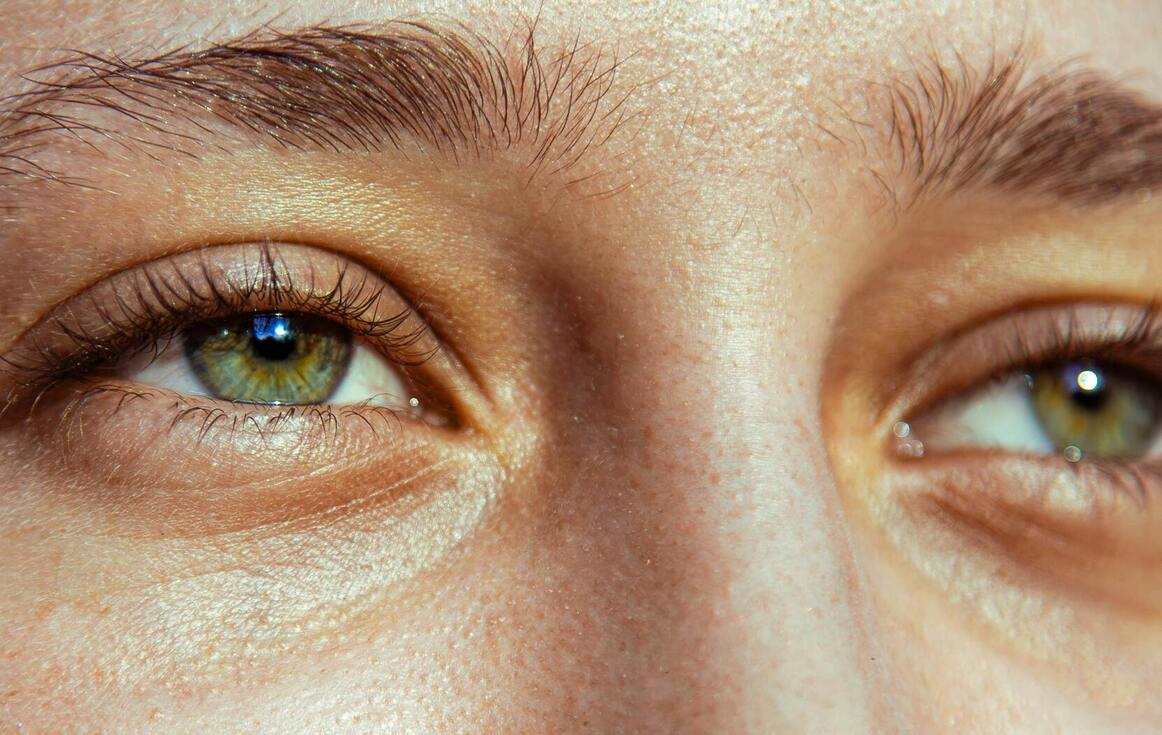5 Early Signs of Proptosis That a Quiz Can Help Identify: A Clear Guide to Spotting Symptoms Early

Many people may not notice early changes in their eyes until it becomes obvious. Recognizing possible health conditions sooner can help you take action early. Knowing the first signs of proptosis may help protect your vision and health.
A short quiz can make it easier to spot warning signs and know if you should talk to an eye doctor. Taking time to learn about Proptosis symptoms may provide helpful information about bulging eyes and possible causes.
1. Bulging or protruding eyes
Bulging or protruding eyes are often the first sign someone notices with proptosis. The eye may look as if it is pushed forward in the eye socket. This appearance can affect one or both eyes.
Some people notice that their eyes look different in photos or the mirror. Others may feel pressure or discomfort around their eyes as the change happens.
The bulging may happen slowly over time or appear more quickly. In some cases, friends or family members notice the change before the person does.
When the eyes stick out more than normal, it can become harder to close the eyelids fully. This may cause other symptoms, such as dryness or irritation.
It is important to pay attention to changes in the way the eyes look or feel. Early detection can help with finding the cause and starting treatment if needed.
2. Increased visibility of the white part of the eyes

One early sign of proptosis is that the white part of the eyes becomes easier to see. This white area is called the sclera. Normally, only a small part of the sclera shows around the colored part of the eye.
When the eyes start to bulge forward, more of the sclera is exposed, especially above or below the iris. This can make the eyes look larger or more open than usual.
People might notice that their own eyes, or someone else’s, seem different in photos or the mirror. Friends or family may also point it out if they see this change.
Seeing more of the sclera is not always caused by proptosis, but it can be an early warning sign. If noticed along with other changes, a quiz or quick self-check can help a person decide if they should see a doctor.
3. Difficulty moving the eyes normally
People with proptosis might notice that their eyes don’t move as smoothly as before. This means it can be tough to look left, right, up, or down without discomfort. Sometimes, eye movements can even feel stiff or restricted.
When the eyes start bulging, extra pressure can build up behind them. This can limit how the muscles around the eyes work. As a result, turning the eyes in different directions may feel awkward or difficult.
In some cases, a person might have trouble keeping both eyes pointed at the same spot. This can lead to double vision or trouble focusing on objects. Noticing problems with normal eye movement is one of the early signs that something might be affecting the space behind the eyes.
If someone starts struggling to move their eyes the way they used to, this symptom should not be ignored. Recognizing this sign early can help guide someone toward finding the right care.
4. Double vision or diplopia
Double vision, also called diplopia, can be an early sign of proptosis. This means a person may see two images of a single object, either side by side or one above the other.
This happens when the eyes are not aligned properly. It may be hard for someone to focus or see objects clearly with both eyes at the same time.
Diplopia can show up suddenly or develop over time. It may come and go or stay constant, depending on what is causing it.
Sometimes, people notice double vision before they see any other changes in their eyes. Detecting diplopia early may help find proptosis sooner.
5. Swelling or puffiness around the eyelids
Swelling or puffiness around the eyelids is one of the early signs that may suggest proptosis. This can happen when tissues around the eyes become irritated or inflamed.
A person might notice that their upper or lower eyelids look more swollen than usual. Sometimes, this puffiness can make it harder to fully open or close the eyes.
The skin around the eyes may also feel tender or tight. In some cases, people might also feel discomfort or a mild ache under or near the eyelids.
Watching for changes like these can help someone recognize if there could be a problem. Any new swelling should be discussed with a healthcare provider, especially if it does not go away.
Conclusion
Spotting early signs of proptosis can be simple when you know what to look for. A quiz can help people notice symptoms like eyelid swelling, double vision, or a change in how much of the white part of the eye is visible.
Taking action on these early signs can help guide someone to get checked by a doctor sooner. Early awareness supports better eye health and can lead to better outcomes.
